|
One way to think about creating your garden is to compare it to a musical. The bones give it the beat or rhythm that you can tap your foot to throughout the seasons. You're familiar with the phrase, "This house has good bones." Like a home, a garden must also have "bones" that provide structure through all four seasons. Fall and winter are the best time for the gardener to assess and reevaluate gardens and landscapes. Would adding some boulders or a stone bench balance your front garden in the months when flowers aren't blooming? Do you have enough shrubs and trees to serve as the bones of your garden through all seasons? If not, fall is the perfect time to plant them so their roots can spread and establish. Does your garden contain plants that stand out in the fall? Does your large perennial bed contain a balanced variety of bloom color, height, texture, and shape? Have you transplanted flowers which are hidden, or were planted in the wrong spot? These are a small sample of the questions we should ask ourselves this time of year. Each landscape is dynamic, ever changing, and transforming. Plants and bulbs will multiply. Shrubs and trees sometimes exceed our growth expectations in a few seasons. Reevaluation in the fall is the way the most successful gardeners keep tabs on their outdoor spaces. So walk around outside, take photos, and make notes in your garden journal. Set yourself electronic reminders for when to tackle these tasks. Why are the bones of the garden important? They provide structure, dimension, and foundation for the rest of the plantings on your property. Bones offer winter interest and can be living like a hedge or inanimate like an arbor, fence or gate. Bones are the first design element to consider when updating or starting from scratch.  For those who live in climates with all four seasons, it is worth considering what your garden looks like when deciduous plants have lost their leaves. It is best to evaluate the bones of your garden when all the flowers have faded and plants have dropped their autumn leaves. Views from within the house and those seen by the public are especially important. Southern gardeners also benefit from starting with a strong backdrop to support the continuous seasons of flowers and greenery. Bones of a garden include structure, rhythm and winter interest. They serve as the backdrop for the landscape. Without good bones, a garden looks like a sloppy, hodgepodge collection; the result is unpleasant on the eyes. Even perennial and casual country gardens have bones. Purposefully including garden structure gives the gardener the luxury to splurge purchase a favorite plant without creating a mismatched landscape. One way to think about creating your garden is to compare it to a musical. The bones give it the beat or rhythm that you can tap your foot to throughout the seasons. Certain plants dance in the chorus line and during the various acts, star performers take center stage. Some plants, like those with a beautiful voice, command more attention than others, like the color yellow or variegated foliage. In the winter, the star performers are the bones of the garden.
If you prefer a gray- green color theme, use the varied sized blue spruces. Iseli fastigiate is tall and narrow, globe type is lower and round. Pancake or Bowling ball (cypress) offer a shrub layer. Heuchera leaves have all- season silver interest. Special note about variegated foliage: for example, Daphne, boxwood, certain iris, and others. Use these unique plants with interesting foliage as focal points or place in areas to attract attention. Too much variegation looks busy and fussy. Variegation also does not show up well against light- colored backgrounds, such as pale stone, white or vanilla- colored brick, light siding, and white fences. With some thought and planning, using color to offer structure is easier than you might think.  Texture is another way to create rhythm and bones. For example, if you are a collector of daylilies, ornamental grasses, hydrangeas, or camellia, you can provide rhythm by repeating your collection throughout the landscape. Then mix in contrasting foliage to make your favorite plants pop. For example, for grasses or daylilies, add oakleaf hydrangea or other large-leaved plants, or strongly structured evergreens.
Perennial, English or Cottage Gardens While all landscapes benefit from having a strong foundation, it is even more critical for perennial, English or cottage gardens. Without structure or rhythm, these areas may look weedy and hodgepodge. There are a couple of ways to create rhythm. First, you can use evergreens or structural elements like trellises or obelisks and repeat them within the bed. Second, plant larger structural herbaceous perennials like ornamental grasses, baptisia, peony, or cohosh or large hostas and repeat like you would a shrub. Then add your favorite perennials in between. Another option is to create groupings. Each grouping would include 4-6 plants, one for each season: early spring, late spring, early summer, late summer, fall, and winter. Repeat these groupings throughout the planting beds. Perennials tend to only bloom for 2-3 weeks, so varying seasonal bloom time ensures color and visual interest throughout the year. Final Thoughts When creating or evaluating your existing landscape, the first step is to evaluate its bones. Do you have too many star performers stealing the stage? Is there one season when your garden appears flat and one-dimensional and could benefit by adding the height of a flowering tree or tall evergreens? What does your landscape look like in the winter? What is creating a beat? Is it color? Evergreens? Hardscape? Keep views in mind as you evaluate the landscape. In a front yard where traffic may travel quickly, use bold statements of rhythm with strong color or structural evergreens. For informal gardens, or gardens experienced while strolling or meandering along a path, you have the opportunity to use more subtle forms of structure, like groupings of perennials. Remember that creating the bones of your landscape doesn’t have to be the repetition of a tightly sheared, round boxwood. There are infinite ways to achieve good bones in your own garden. Each method is a chance to infuse the landscape with your personal style and creativity.
Judith Spanos
6/2/2019 07:15:02 am
Good morning Gwen, Thank you for the lovely article, the photos are beautiful and illustrate the message! Judy Comments are closed.
|
Thank you for finding us! Holly and I have collaborated to bring you informative, fun, and seasonal garden inspiration blogs.
Subscribe to receive our blogs on the 1st and 15th of the month--Gwen Follow my landscape & garden design Pinterest Page to see more pics, inspiration and Gwen's home garden journey!
AuthorsGwen Wisniewski: Landscape and Garden Designer. Contact me. Let me help you integrate these garden inspirations. Choose the links below to find out more about my landscape design service or to make an appointment. |





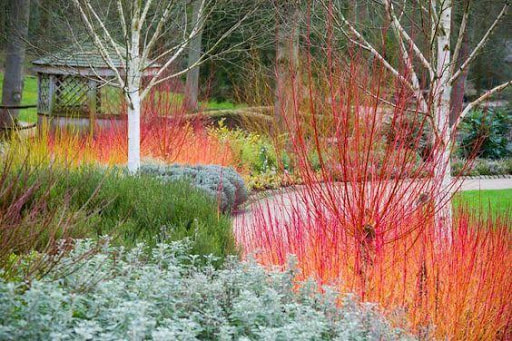


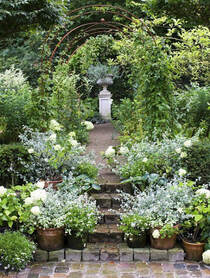


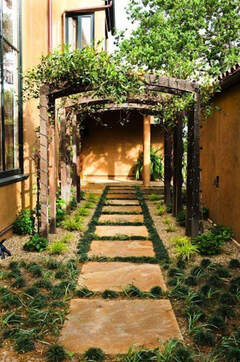
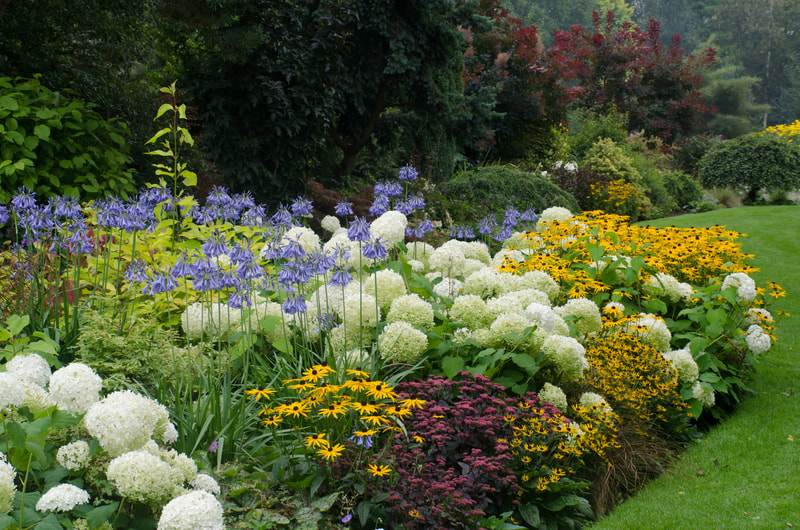

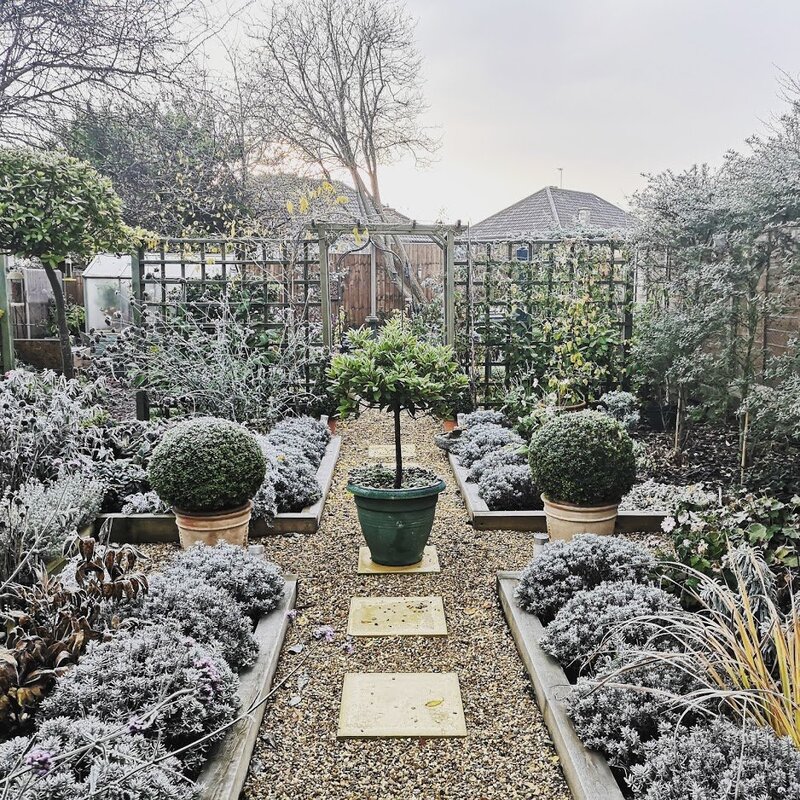



 RSS Feed
RSS Feed